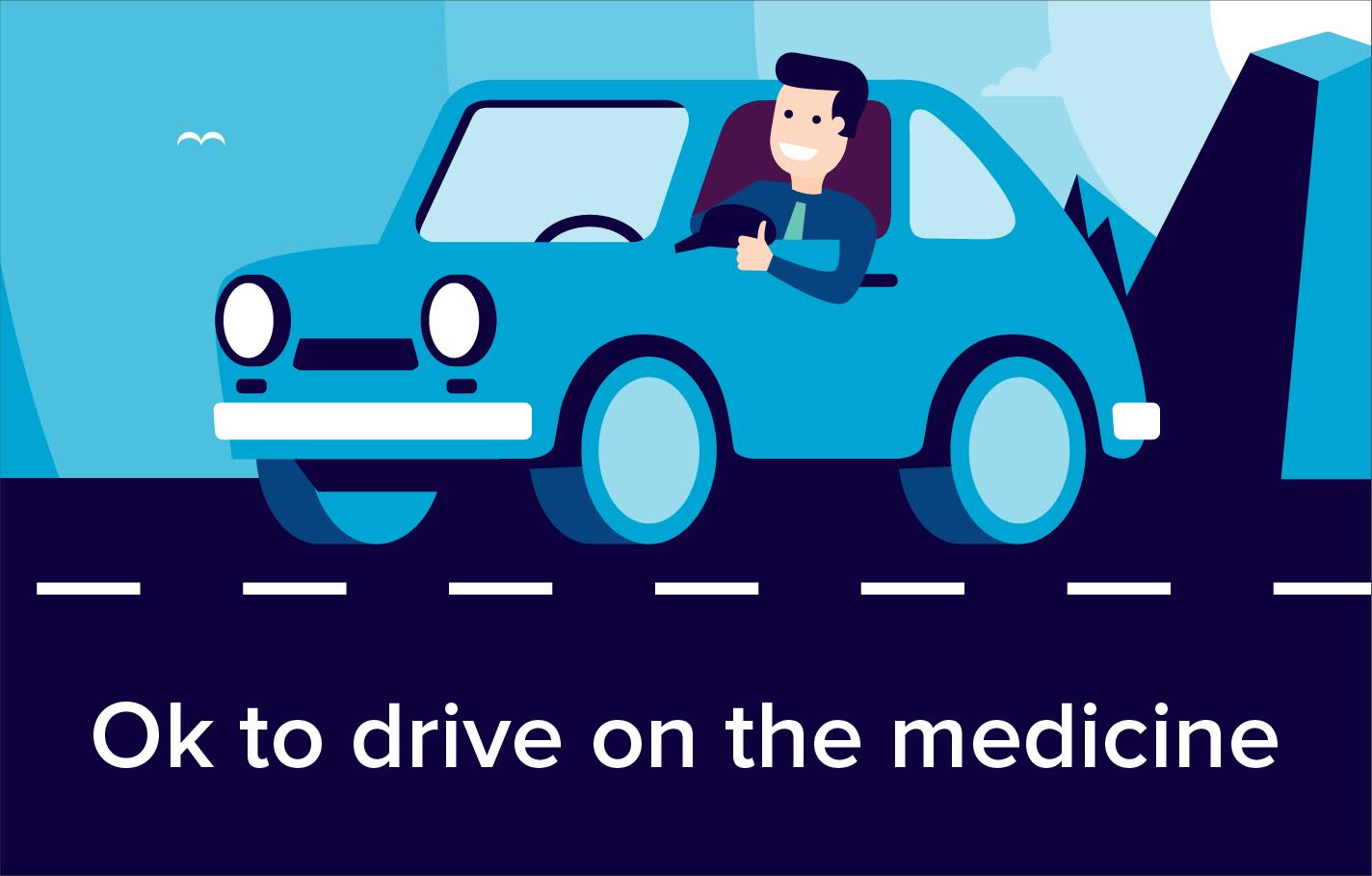Traxam pain relief gel contains the active ingredient felbinac, which is a type of medicine called a non-steroidal anti-inflammatory drug (NSAID). NSAIDs are used to relieve pain and inflammation.

What is it used for?
- Pain and inflammation due to injury to tendons, ligaments, muscle and joints, eg strains, sprains and bruises.
- Rheumatic pain.
- Pain of non-serious arthritic conditions.
How does it work?
- Traxam pain relief gel contains the active ingredient felbinac, which is a type of medicine called a non-steroidal anti-inflammatory drug (NSAID). NSAIDs are used to relieve pain and inflammation.
- Felbinac works by blocking the action of a substance in the body called cyclo-oxygenase (COX).
Use with caution in
- History of asthma or allergies.
- History of ulceration or bleeding in the stomach or intestines.
Not to be used in
- People in whom aspirin or other NSAIDs, eg ibuprofen, cause allergic reactions such as asthma attacks, itchy rash (urticaria), nasal inflammation (rhinitis) or swelling of the lips, tongue and throat (angioedema).
- Children under 12 years of age.
- Pregnancy.
This medicine should not be used if you are allergic to any of its ingredients. Please inform your doctor or pharmacist if you have previously experienced such an allergy.
If you feel you have experienced an allergic reaction, stop using this medicine and inform your doctor or pharmacist immediately.
Pregnancy and breastfeeding
Certain medicines should not be used during pregnancy or breastfeeding. However, other medicines may be safely used in pregnancy or breastfeeding providing the benefits to the mother outweigh the risks to the unborn baby. Always inform your doctor if you are pregnant or planning a pregnancy, before using any medicine.
- This medicine is not recommended for use during pregnancy. It should not be used in the third trimester of pregnancy because it may delay labour, increase the length of labour and cause complications in the newborn baby. It is not recommended for use in the first and second trimesters of pregnancy unless considered essential by your doctor. Seek medical advice from your doctor before using this medicine if you are pregnant.
- There is no information available regarding the safety of this medicine during breastfeeding. It is not recommended for use during breastfeeding. Seek medical advice from your doctor.
Side effects
Medicines and their possible side effects can affect individual people in different ways. The following are some of the side effects that are known to be associated with this medicine. Just because a side effect is stated here, it does not mean that all people using this medicine will experience that or any side effect.
- Skin irritation, inflammation, redness, itching or pins and needles sensations in the area of skin the gel is applied to.
- Abnormal reaction of the skin to light, usually a rash (photosensitivity).
- Shortness of breath or worsening of asthma.
- Allergic reactions such as narrowing of the airways (bronchospasm), swelling of the lips, throat and tongue (angioedema), itchy blistering rash or anaphylactic shock.
The side effects listed above may not include all of the side effects reported by the medicine's manufacturer.
For more information about any other possible risks associated with this medicine, please read the information provided with the medicine or consult your doctor or pharmacist.
How can this medicine affect other medicines?
- When it is used on unbroken skin this medicine is unlikely to be absorbed in sufficient amounts to affect other medicines that are being taken by mouth. However, you should tell your doctor or pharmacist what medicines you are already using, including those bought without a prescription and herbal medicines, before using this medicine. Similarly, check with your doctor or pharmacist before taking any new medicines while using this one, to ensure that the combination is safe.
- You should avoid using aspirin or other NSAIDs, eg ibuprofen, in combination with this gel, as this may increase the chances of experiencing any side effects.
- This medicine is not known to interact with any other medicines when applied to unbroken skin.
References:
https://www.medicines.org.uk/emc/medicine/22519
https://www.drugs.com/uk/traxam-pain-relief-3-w-w-gel-leaflet.html
http://www.netdoctor.co.uk/medicines/aches-and-pains/a7678/traxam-pain-relief-gel-felbinac/
http://patient.info/medicine/felbinac-for-pain-and-inflammation-traxam

